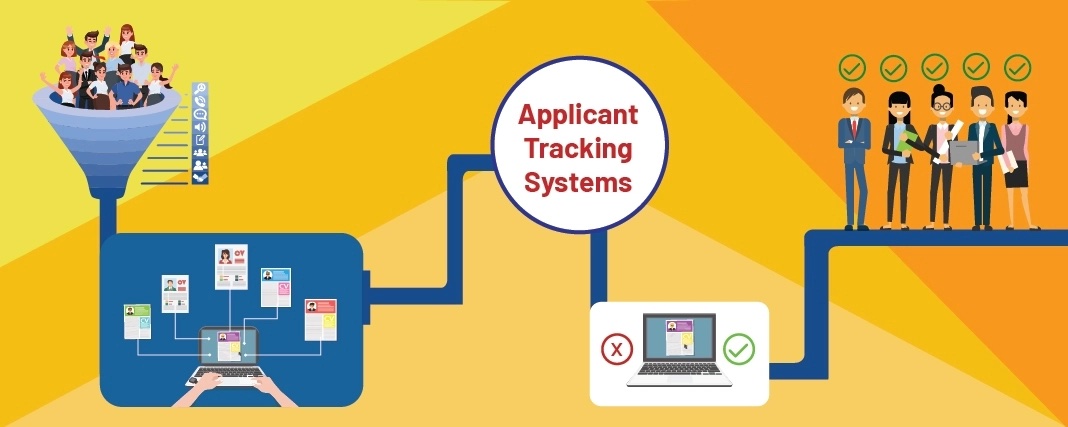Retail businesses of all sizes often rely on customer loyalty to stay afloat. Loyal customers are more likely to return to a store, make repeat purchases, and recommend the business to others. One way to encourage customer loyalty is through a loyalty program, which rewards customers for their repeat business. However, there are both benefits and risks to implementing a loyalty program.
See Also: Buying an Existing Business V. Starting Your Own
Benefits:
- Increased Sales: A loyalty program can incentivize customers to make repeat purchases, which in turn increases sales. Offering rewards, such as discounts or free merchandise, can motivate customers to keep coming back to the store.
- Customer Retention: A loyalty program can help a business retain customers. Loyal customers are more likely to continue doing business with a company, even if there are other options available to them.
- Customer Data Collection: A loyalty program can also help businesses collect valuable data on their customers. This information can be used to personalize marketing messages, offer targeted promotions, and improve overall customer experience.
- Competitive Advantage: Implementing a loyalty program can give a business a competitive advantage. A well-designed program can set a business apart from its competitors and help attract new customers.
- Brand Advocacy: Loyal customers are more likely to recommend a business to others. By offering rewards for repeat business, a loyalty program can help turn customers into brand advocates who actively promote the business to others.
Risks:
- Cost: Implementing a loyalty program can be costly, both in terms of upfront expenses and ongoing maintenance. A business must be prepared to invest in the program to ensure it is successful.
- Complexity: A loyalty program can also be complex to set up and manage. From tracking customer purchases to issuing rewards, there are many moving parts that must be carefully managed.
- Cannibalization: If a loyalty program is not designed properly, it can actually hurt sales by encouraging customers to wait for rewards before making a purchase. This can lead to the cannibalization of existing sales, which can be detrimental to a business.
- Customer Frustration: A poorly designed loyalty program can also lead to customer frustration. If rewards are difficult to earn or redeem, or if the program is not communicated clearly, customers may become frustrated and give up on the program altogether.
- Data Security: Collecting and storing customer data comes with risks. A loyalty program must be designed with data security in mind to protect customer information from breaches or other security threats.
Overall, the benefits of implementing a loyalty program for retail customers can outweigh the risks. However, it is important for a business to carefully consider the potential costs and complexities of such a program before implementing it. A well-designed loyalty program can help increase sales, retain customers, collect valuable data, gain a competitive advantage, and turn customers into brand advocates. On the other hand, a poorly designed program can be costly, complex, and frustrating for both customers and the business. By carefully weighing the pros and cons and designing a program that meets the needs of both the business and its customers, a loyalty program can be a powerful tool for driving growth and success.



















